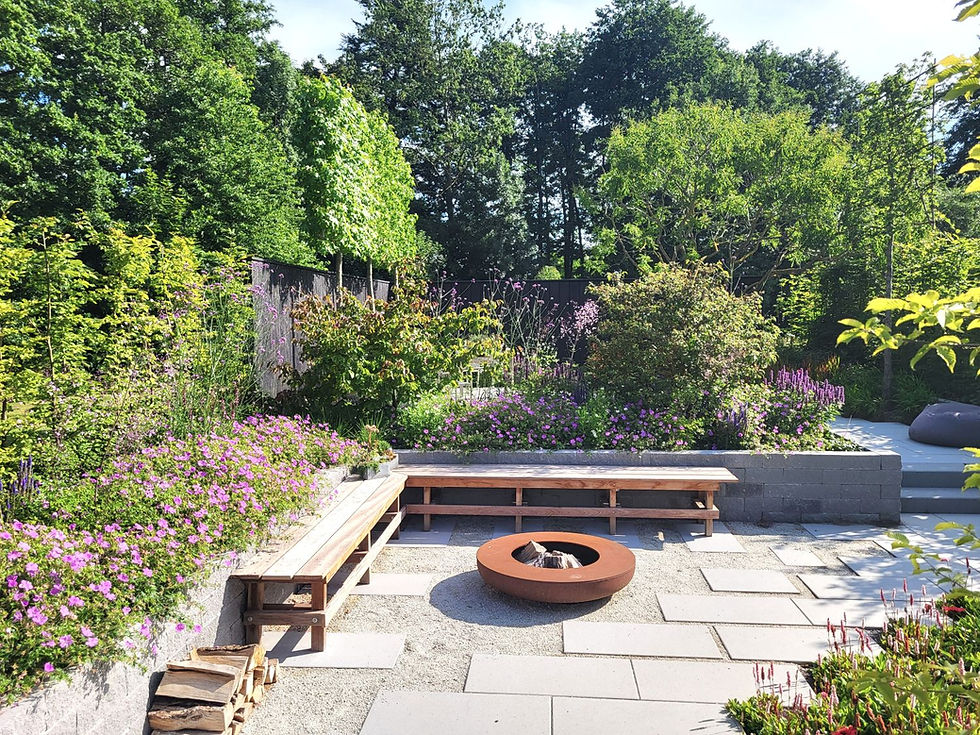Weaving art from linen - Visit to a 260-year-old family business on Lake Steinhude
- Maike Kristina Harich

- Oct 7
- 2 min read
Updated: Oct 18

Products made from natural materials allow you to bring nature into your home. That's why I've long been interested in natural materials. Whether it's building materials, furniture, paints, beautiful objects, or even textiles.
For a long time, I was searching for woven linen textiles because I so appreciate the material, and by chance I stumbled upon the Seegers & Sohn linen weaving mill on Lake Steinhude. More precisely, during the Open Heritage Day, where I was able to visit the mill (and enjoy a lovely piece of cake in the in-house café afterward).
I was fascinated by the old looms, the archive with over 8,000 punched cards for every imaginable pattern, and the quality of the textiles woven there. Everything is entirely analog and made with time-honored traditional craftsmanship. The weaving mill was founded in 1765, making it possibly the oldest weaving mill in Germany. Still family-owned today, the old factory building was lovingly renovated a few years ago, and a large public showroom and café were incorporated.
The converted linen factory | Punched cards with fabric patterns | The looms
Seegers & Sohn primarily produces table linens for exclusive hotels and restaurants, as well as for special commissions, such as dinners at Bellevue Palace (featuring a woven German eagle). Even the table linens for the wedding of Queen Elizabeth II and Prince Philip in 1947 came from the weaving mill on Lake Steinhude.
Showroom | Commissioned work | Linen fabrics as banners in the café
In addition to these many special commissioned works, Seegers & Sohn also has its own collection of home-woven products under the name "Leinenfabrik." I've compiled a selection of my favorites on-site, which are now also available in my studio's online shop .

The theme of linen weaving can also be found elsewhere around Lake Steinhude. This was primarily due to the cultivation of flax. From the 17th century onwards, the town developed into a weavers' town, with handlooms and a flourishing industry. In 1855, the Steinhude Linen Mangle was also built, restored from 1996 to 1999, and today is probably the only functioning historic linen mangle in Europe. This, too, can be visited by appointment or on Heritage Day.



















Comments